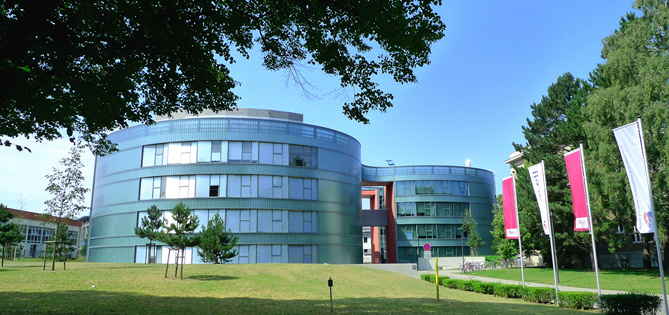Acta Trop. 2018; 179:25–35
Pharmaceutical interactions between antiretroviral and antimalarial drugs used in chemoprophylaxis.
Zautner AE, Herchenröder O, El Moussi A, Schwarz NG, Wiemer DF, Uwe Groß U, Frickmann H.
Human immunodeficiency virus (HIV) is the causative agent of the Acquired Immunodeficiency Syndrome
(AIDS). The pandemic is believed to have originated within the Northern Congo basin covering large parts of the
Democratic Republic of Congo, the Republic of Congo, the Central African Republic, Cameroon and Gabon.
Although over decades, HIV-1 has spread throughout the World leaving no country unaffected, sub-Saharan
Africa remains the region with more than 80% of all infected individuals. The HIV-2 epidemic has largely
remained restricted to West Africa along the Upper Guinean forests. Co-incident with these regions of highest
HIV distribution is a part of the malaria belt and therefore, co-infections are common. In this review we carve out
the consequences of HIV transmission prevention and synchronous malaria prophylaxis during occupational or
leisure travelling activities within this World region. In particular, we elaborate on considering pre-existing drug
resistances of both, the malaria parasites and the immunodeficiency viruses, when determining a combination
for prophylactic and, if necessary, post-expositional measures with a focus on the compatibility of both medications.
(AIDS). The pandemic is believed to have originated within the Northern Congo basin covering large parts of the
Democratic Republic of Congo, the Republic of Congo, the Central African Republic, Cameroon and Gabon.
Although over decades, HIV-1 has spread throughout the World leaving no country unaffected, sub-Saharan
Africa remains the region with more than 80% of all infected individuals. The HIV-2 epidemic has largely
remained restricted to West Africa along the Upper Guinean forests. Co-incident with these regions of highest
HIV distribution is a part of the malaria belt and therefore, co-infections are common. In this review we carve out
the consequences of HIV transmission prevention and synchronous malaria prophylaxis during occupational or
leisure travelling activities within this World region. In particular, we elaborate on considering pre-existing drug
resistances of both, the malaria parasites and the immunodeficiency viruses, when determining a combination
for prophylactic and, if necessary, post-expositional measures with a focus on the compatibility of both medications.
Previous Post
Unraveling a tumor type-specific regulatory core underlying E2F1-mediated epithelial-mesenchymal transition to predict receptor protein signatures.
Next Post
MiR-205-5p and miR-342-3p cooperate in the repression of the E2F1 transcription factor in the context of anticancer chemotherapy resistance

Contact
Institute of Experimental Gene Therapy and Cancer Research
Core-Facility Viral Vector & Genome-Editing Technologies
Biomedical Research Center
Schillingallee 69
D-18057 Rostock
Office
Ingrid Winkler
(+49) 381 494-5066(+49) 381 494-5062
ingrid.winkler@med.uni-rostock.de
Department Life, Light & Matter
Research Building LL&M
Albert-Einstein-Str. 25
D-18059 Rostock
Research Building LL&M
Albert-Einstein-Str. 25
D-18059 Rostock




